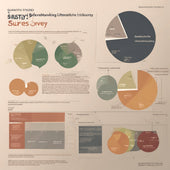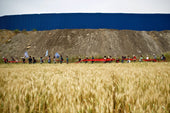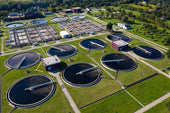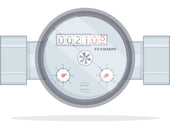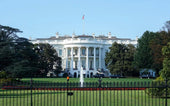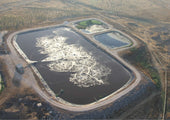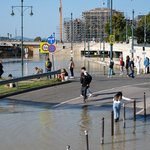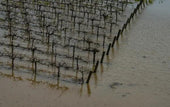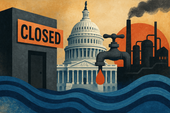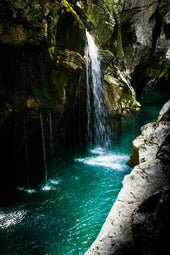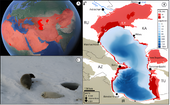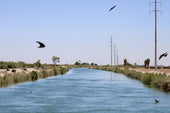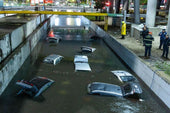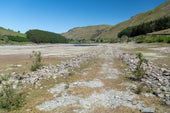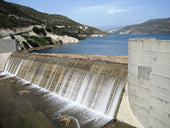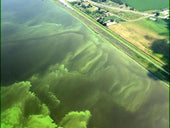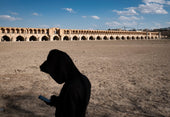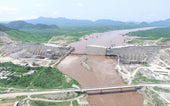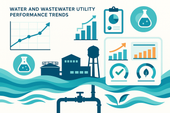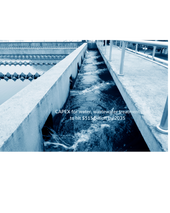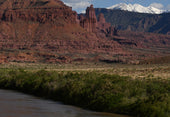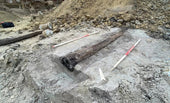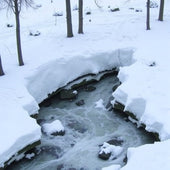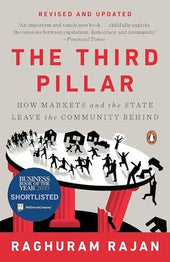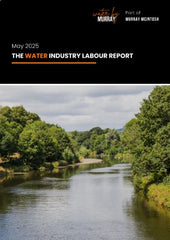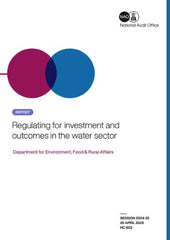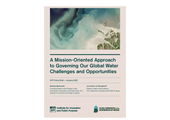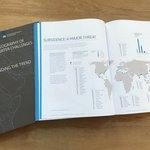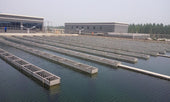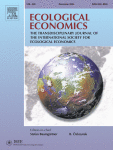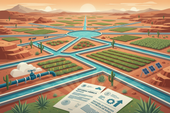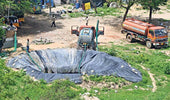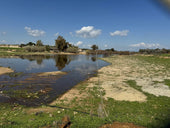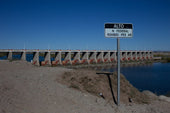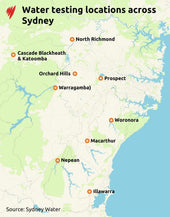
California Water Officials Issue Warning About Atmospheric Rivers
Newsweek
As spring weather hits California, state officials are reminding residents that the threat of atmospheric rivers hasn't passed. The California Department of Water Resources (DWR) issued a public warning this week, noting that these moisture-laden weather systems remain a key part of the state's hydrological cycle and can still bring hazards deep into the year.
Why It Matters
Atmospheric rivers are long, narrow corridors of concentrated water vapor in the atmosphere. When these systems make landfall, they can deliver immense rainfall and snow over a short period. Typically, they strike the U.S. West Coast from late fall through early spring, though events as late as May are not unheard of.
While atmospheric rivers are essential to replenishing California's water supply, their unpredictability and intensity pose challenges for flood control and public safety.
What to Know
The California Department of Water Resources reminded residents in an April 9 post on X (formerly Twitter) that though the weather may be improving in the Golden State, atmospheric rivers could still occur.
"Even though we're finally feeling that warm California weather we're known for, it doesn't mean we're done thinking about atmospheric rivers," the DWR said. "Most of California's rain and snowpack arrives via atmospheric rivers—massive streams of moisture that can provide massive benefits for water supply but can also pose risks of flooding."
In response to a storm system earlier this year, California Governor Gavin Newsom pre-deployed thousands of emergency personnel and equipment across Northern and Central California, including stockpiling over 3.7 million sandbags and activating more than 130 Cal Fire engines.
According to a report from CapRadio, heavy rains triggered destructive debris flows in Southern California during that storm. In Malibu, a car was swept off a highway into the ocean—fortunately, the firefighter inside escaped with minor injuries. Pacific Palisades experienced a major intersection submerged in three feet of sludge, and roads near the Eaton Fire burn scar were overtaken by several feet of mud, trees, and vegetation.
In Sierra Madre, evacuation orders were issued for areas at risk of debris flows, while Azusa saw a partial grocery store roof collapse due to the intense rainfall. By February 14, more than 30,000 Californians were without power, and flash flood warnings were active across Los Angeles County. The storms also affected the San Francisco Bay Area with landslides, blackouts, and road closures.
Despite the DWR's warning that atmospheric rivers can still occur this far into the year, National Weather Service (NWS) Weather Prediction Center meteorologist Frank Pereira told Newsweek that there are no such storms in the forecast.
"Much of the western U.S. is currently dry, and it looks like it's going to remain that way going forward for at least the next few weeks," Pereira said. "It doesn't look like there's any impending atmospheric rivers affecting the western U.S."
What People Are Saying
Pereira told Newsweek: "[Atmospheric rivers] are more common in the winter. Typically, the storms are called atmospheric rivers because they are able to tap moisture from the Pacific stretching all the way back into the tropics, and they feed that moisture inland in the western U.S. where they have the potential for producing very heavy rainfall amounts or precipitation amounts as they move inland.
Pereira added: "What happens during the summer is the upper level jet, the upper level winds, typically orient further to the north, so those storms are taking a more northerly track into Canada and Alaska, leaving much of the western U.S. dry as we get into the warm season. That typically happens around this time of year in April into May."
State Climatologist Dr. Michael Anderson told Newsweek: "There is no atmospheric river activity currently forecasted to impact California in the near term. While it possible for atmospheric rivers to impact California through the spring, typically the vast majority of these storms that reach the state do so between November and March. These storms deliver the majority of the rain and snow that California receives each year. During the summer months, California can still occasionally experience severe storms and even flooding issues due to tropical storm activity. For instance, in 2023, Tropical Storm Hillary caused damage across Southern California in late August. It is always important for Californians to be prepared for disasters year around, including flooding, by having an emergency go bag ready and a plan in place for your family."
California DWR in a post on X: "Understanding these storms is critical for water management and for emergency management. Research on where these storms will make landfall, and their strength can save lives."
What Happens Next
Officials are urging the public to monitor alerts and be cautious during late-season rain events. As climate patterns shift and extreme weather becomes more common, the role of atmospheric rivers in California's future is likely to grow more complex.


